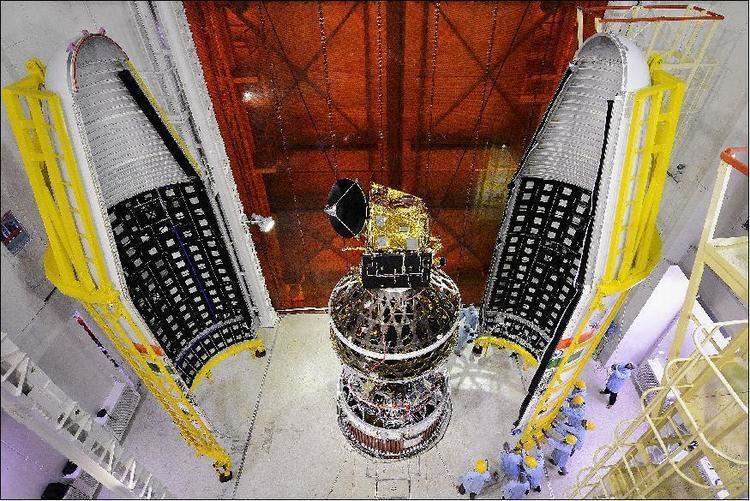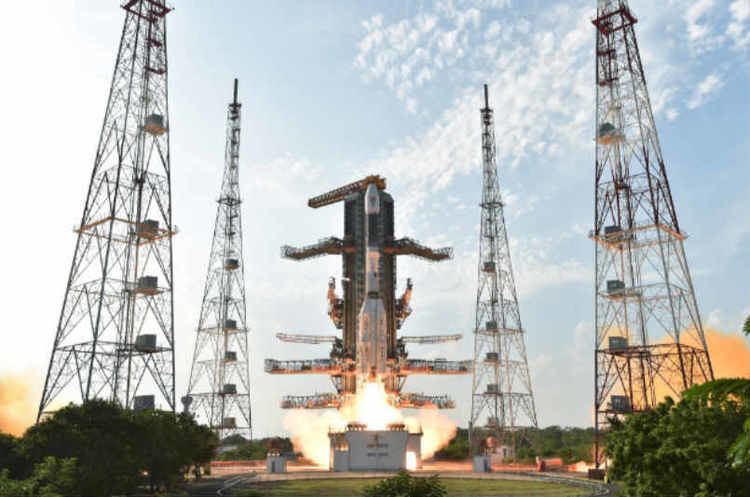Operator ISRO Rocket PSLV-C35 Reference system Geocentric Period 1.7 hours Launch mass 370 kg | Bus IMS-2 Launch site SDSC-SHART Launch date 26 September 2016 Launch mass 370 kg Mission duration 5 years | |
Regime Low Earth at 720 km altitude Manufacturers Indian Space Research Organisation Satellite Centre Similar Pratham, INSAT‑3DR, Alsat‑1B, Oceansat‑2, Resourcesat‑2 | ||
Isro launches pslv c35 carrying weather satellite scatsat 1
SCATSAT-1 (Scatterometer Satellite-1) is a miniature satellite providing weather forecasting, cyclone prediction, and tracking services to India. It has been developed by ISRO Satellite Centre, Bangalore whereas its payload is was developed by Space Applications Centre, Ahmedabad. The satellite took the place of Oceansat-2 which became dysfunctional after its life span of four-and-a-half years. India was dependent on NASA’s ISS-RapidScat for prediction of cyclone forecasting and weather prediction. The data generated by this mini-satellite will be used by NASA, EUMETSAT and NOAA.
Contents

Payloads

The primary payload of the satellite is a scatterometer which is similar to the payload launched with Oceansat-2. The weight of the scatterometer is 110 kg. It will be able to predict the formation and strengthening of possible cyclones. This can be done by keeping a watch on the formation of the vortex of air over oceans. This satellite will measure the wind speed and its direction over the ocean. It can predict the formation of cyclones, about 4-5 days in advance. This time period is very crucial in saving lives. The scatterometer flown in Oceansat-2 had accurately predicted Cyclone Phailin in Orissa coast in October 2013.
Development

Space Applications Centre of ISRO was responsible for development of the payload. SCATSAT-1 was being built at 60% of the actual production cost and 1/3rd of the actual predicted time. It was built using leftover parts of other satellite missions.
Launch

The satellite was launched on September 26, 2016 and launched by PSLV-C35 the first multi-burn technology used by ISRO. The microsatellites AlSat-1B, AlSat-2B and Pathfinder-1, and nanosatellites AlSat-1N, NLS-19, PISat and Pratham were launched along with Scatsat-1. It has been the longest PSLV mission till date.


